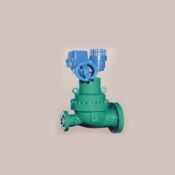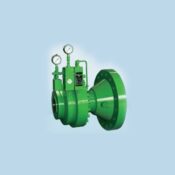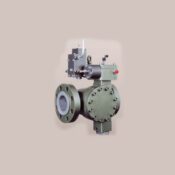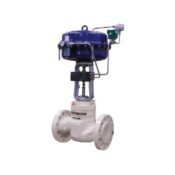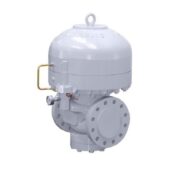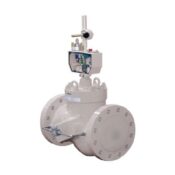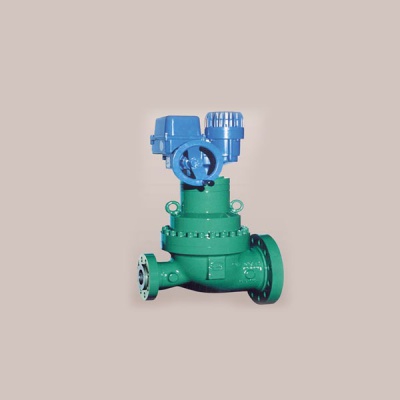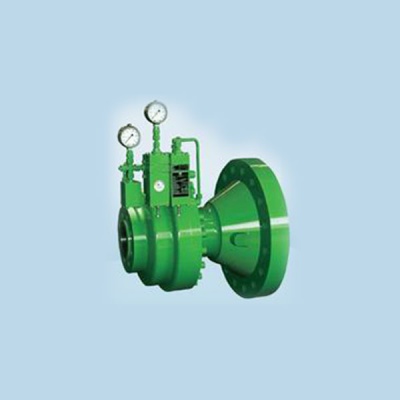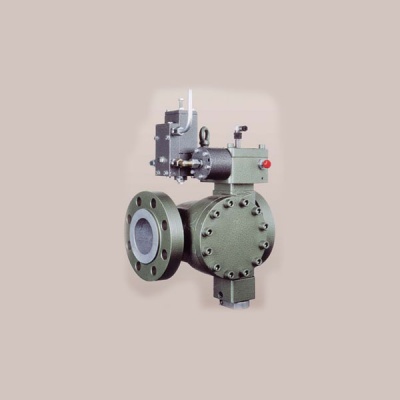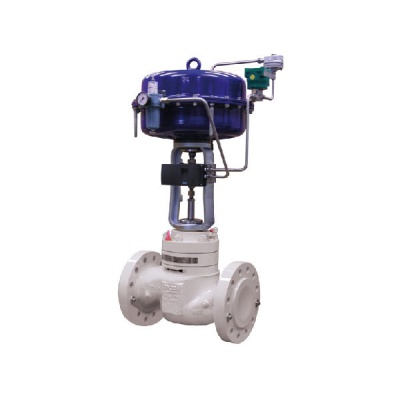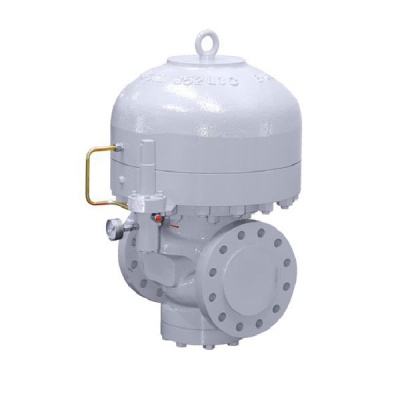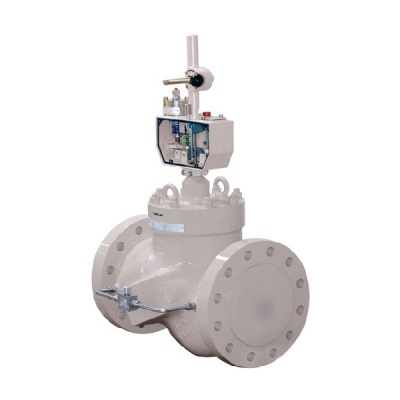Pressure Regulating Equipment
Pressure Regulating Equipment
Pressure regulating equipment is essential in various industrial and commercial applications to control and maintain the pressure of fluids within desired ranges. Here’s a detailed note on pressure regulating equipment:
Types of Pressure Regulating Equipment:
- Pressure Regulators: Devices that automatically adjust the pressure of a fluid to a predetermined setpoint, ensuring consistent pressure downstream. They can be categorized into:
- Direct-Operated Pressure Regulators: Respond directly to changes in pressure to modulate flow through an internal valve or orifice.
- Pilot-Operated Pressure Regulators: Use a separate control system (pilot) to modulate the main valve, providing precise control over a wide range of pressures.
- Pressure Relief Valves (PRVs): Designed to protect equipment and piping systems from overpressure by opening to release excess fluid when pressure exceeds a preset limit.
- Pressure Reducing Valves (PRVs): Similar to pressure regulators, PRVs reduce the pressure of a fluid entering a downstream system or component to a desired level.
- Back Pressure Regulators: Maintain a specific pressure at the outlet of a system by modulating the flow of fluid, preventing vacuum conditions or controlling system pressure.
- Pressure Control Valves: Versatile valves that combine pressure regulation and control functions to maintain precise pressure levels in various applications.
- Pressure Regulators: Devices that automatically adjust the pressure of a fluid to a predetermined setpoint, ensuring consistent pressure downstream. They can be categorized into:
Operating Principles:
- Pressure regulating equipment operates based on various principles, including direct mechanical action, hydraulic or pneumatic control systems, and spring-loaded mechanisms.
- They respond to changes in pressure either automatically or through manual adjustment, modulating flow to maintain desired pressure levels.
- Pressure relief valves operate passively, opening to relieve excess pressure and closing once pressure returns to within acceptable limits.
Applications:
- Pressure regulating equipment finds applications in a wide range of industries, including oil and gas, petrochemicals, power generation, water and wastewater treatment, pharmaceuticals, and HVAC systems.
- They are used to regulate pressure in pipelines, process vessels, storage tanks, boilers, heat exchangers, pumps, and various fluid-handling systems.
- Pressure relief valves are critical safety devices installed in equipment and systems to prevent catastrophic failures due to overpressure conditions.
Selection Considerations:
- Operating pressure range and setpoint requirements
- Type of fluid (liquid, gas, steam), temperature, and compatibility with materials of construction
- Flow capacity and pressure drop considerations
- Accuracy and repeatability of pressure control
- Environmental conditions and installation constraints
- Compliance with applicable industry standards and regulations
Advantages:
- Ensures safe and reliable operation of equipment and systems
- Prevents damage to downstream components due to overpressure conditions
- Optimizes process efficiency and performance by maintaining consistent pressure levels
- Reduces the risk of leaks, spills, and accidents associated with pressure fluctuations
- Supports compliance with regulatory requirements and industry standards
Challenges:
- Selection of the appropriate pressure regulating equipment based on specific application requirements
- Proper sizing, installation, and maintenance to ensure reliable and accurate pressure control
- Consideration of factors such as pressure surges, water hammer, and system dynamics to prevent operational issues
- Monitoring and periodic testing to verify performance and functionality
- Integration with control systems and other equipment for seamless operation and automation
In summary, pressure regulating equipment plays a critical role in maintaining safe and efficient operation of industrial processes, fluid-handling systems, and equipment. Proper selection, installation, and maintenance are essential to ensure reliable pressure control and compliance with industry standards and regulations.
Do you want to get estimation?
MON-SAT 8:00-9:00
+971 55 706 6098
CONTACT US
Get A Quote

Have any question
+971 55 706 6098

